Estimated reading time: 3 minutes
Table of contents
Scientists reveal that innovative material structures are poised to transform energy storage, offering electric vehicles and device capacitors with significantly enhanced energy retention capabilities.
Unveiling New Capacitor Technology
Researchers have engineered capacitors using groundbreaking “heterostructures,” boasting a unique property that prolongs energy dissipation while preserving rapid charging capabilities.
Pioneering Discovery
This groundbreaking revelation, stemming from inadvertent experimentation and leveraging pioneering electronic advancements, holds the potential to redefine battery longevity in consumer electronics like laptops and smartphones and revolutionize grid-scale energy storage. Detailed insights into this breakthrough are chronicled in a study published on April 18 in the esteemed journal Science.
Capacitors: The Key to Rapid Energy Access
While batteries excel at long-term energy storage, their drawback lies in the time-intensive charging and discharging processes. This is precisely where capacitors shine—they store electricity in an electric field, facilitating swift charging and discharging for immediate power access.
Capacitors in Action
Consider smartphones, for instance, which primarily draw power from batteries but rely on capacitors for quick bursts of energy, such as powering a camera flash. The average smartphone contains numerous capacitors to support such functionalities.
Harnessing Ferroelectric Materials
Some capacitors leverage ferroelectric materials for energy storage. These materials possess inherent polarization that can be inverted by applying voltage, effectively retaining this polarization—akin to ‘memory’—even after voltage removal. However, their energy retention over extended periods pales in comparison to batteries.
The Game-Changing Structure
The newfound structure strikes a delicate balance between conductivity and non-conductivity, enhancing energy retention efficiency. Serendipitously, researchers stumbled upon the revelation that a minute gap within the core extends the relaxation time—a crucial factor influencing the capacitor’s charge retention duration.
Unveiling the Architectural Marvel
Each heterostructure comprises layered 2D and 3D materials, akin to pasta sheets in lasagna, with interlaced chemical and non-chemical bonds. Remarkably, the overall structure’s thickness barely exceeds 30 nanometers—approximately 30,000 times thinner than a human hair.
Unprecedented Advancements
Researchers anticipate that this technology could yield capacitors with energy densities up to 19 times greater than current models, boasting an exceptional efficiency rate exceeding 90%. Notably, this efficiency surpasses the industry benchmark, as highlighted in research published in July 2023 in the journal Materials.
Insights from the Research Team
Sang-Hoon Bae, an assistant professor of mechanical engineering and materials science at Washington University, underscores the significance of the discovery, stating, “We’ve unlocked the ability to modulate or induce dielectric relaxation time through subtle structural modifications—a previously unexplored phenomenon. This breakthrough empowers us to fine-tune dielectric materials, preserving their charge capabilities.”
Implications for Energy Storage
If replicated on a larger scale, this groundbreaking structure could herald a paradigm shift in energy storage and accessibility. Its ability to facilitate rapid on-demand energy retrieval without compromising long-term stability presents transformative opportunities. Enhanced energy densities could drive widespread adoption of fast-charging capacitors, particularly in applications requiring prolonged energy storage, such as electric vehicles. Moreover, capacitors could serve as agile, on-demand power sources for grid networks and industrial applications.
Related Posts




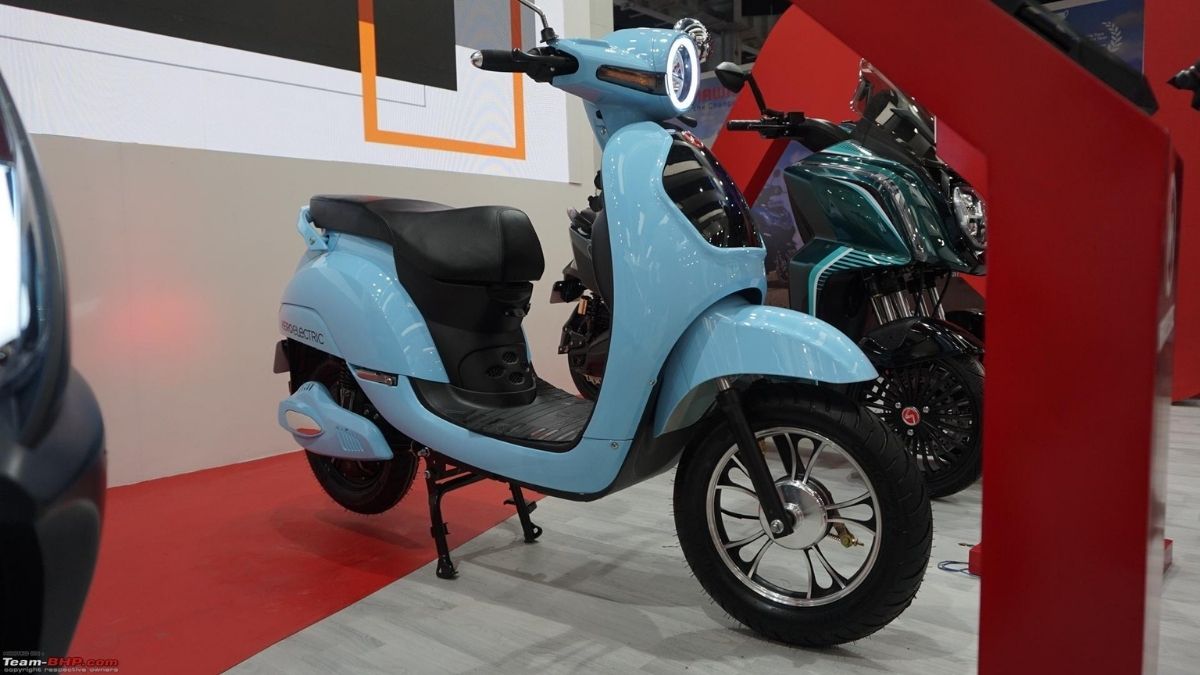
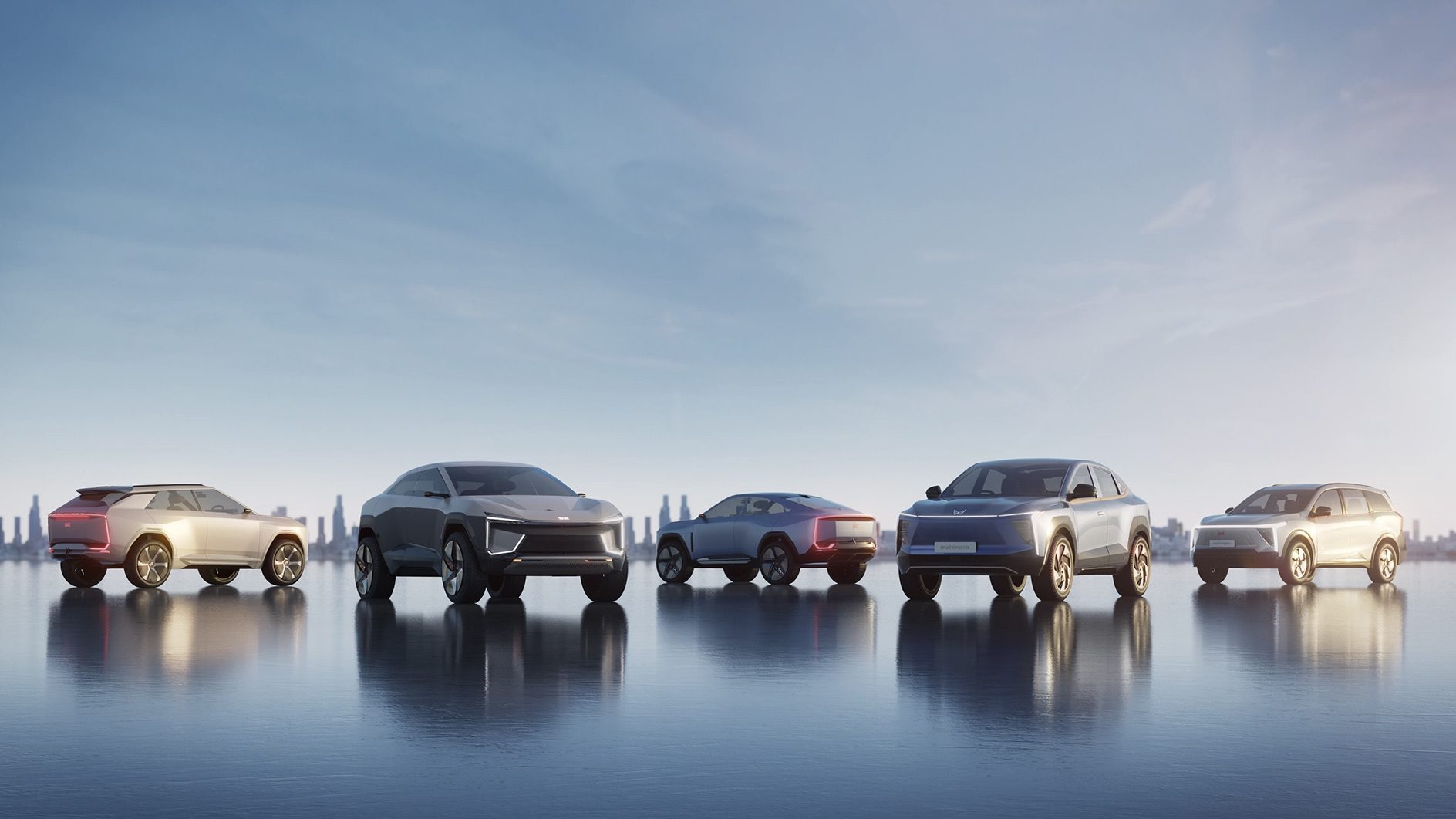
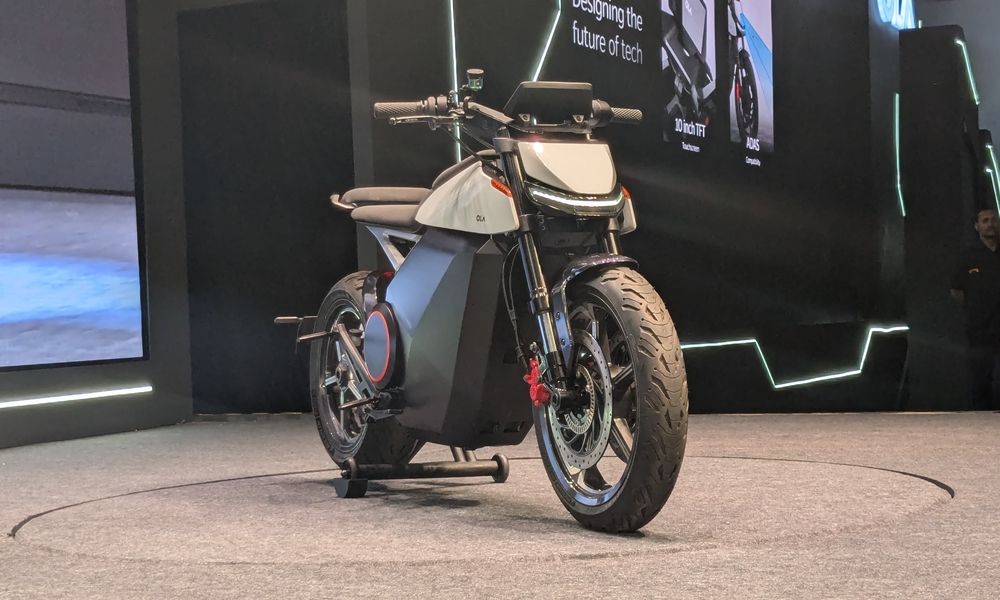






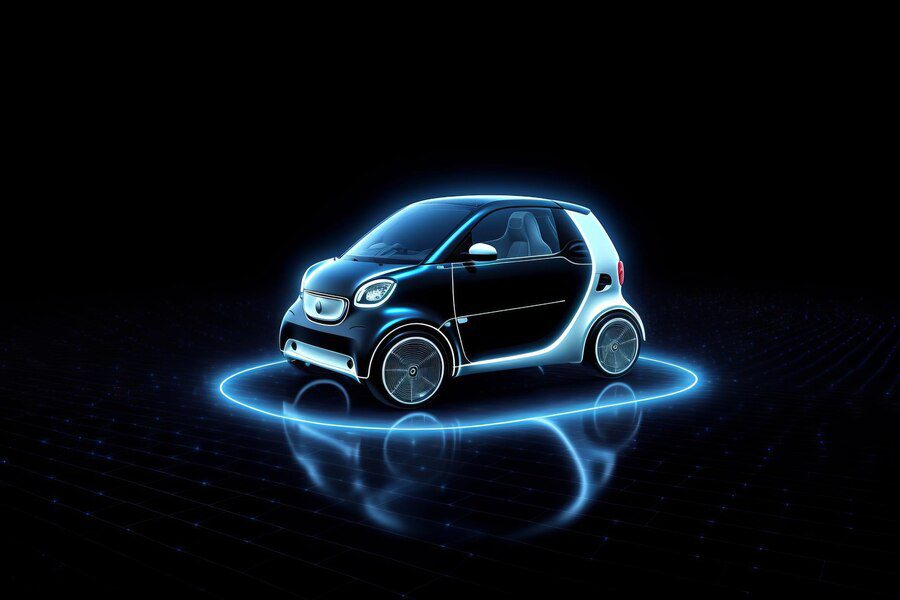

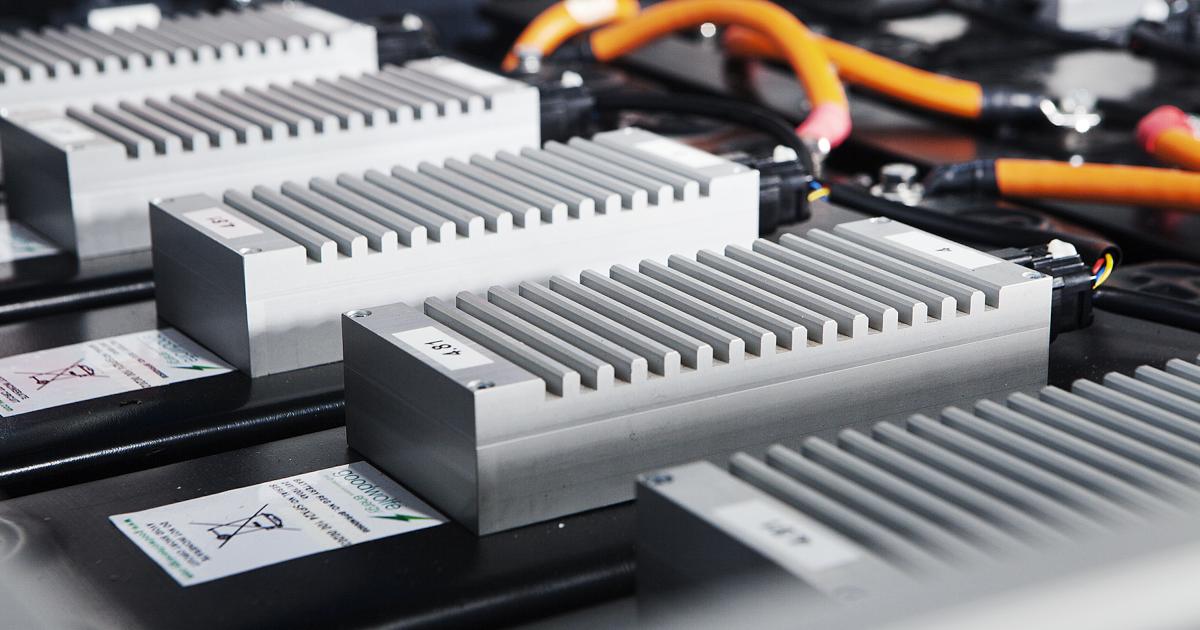


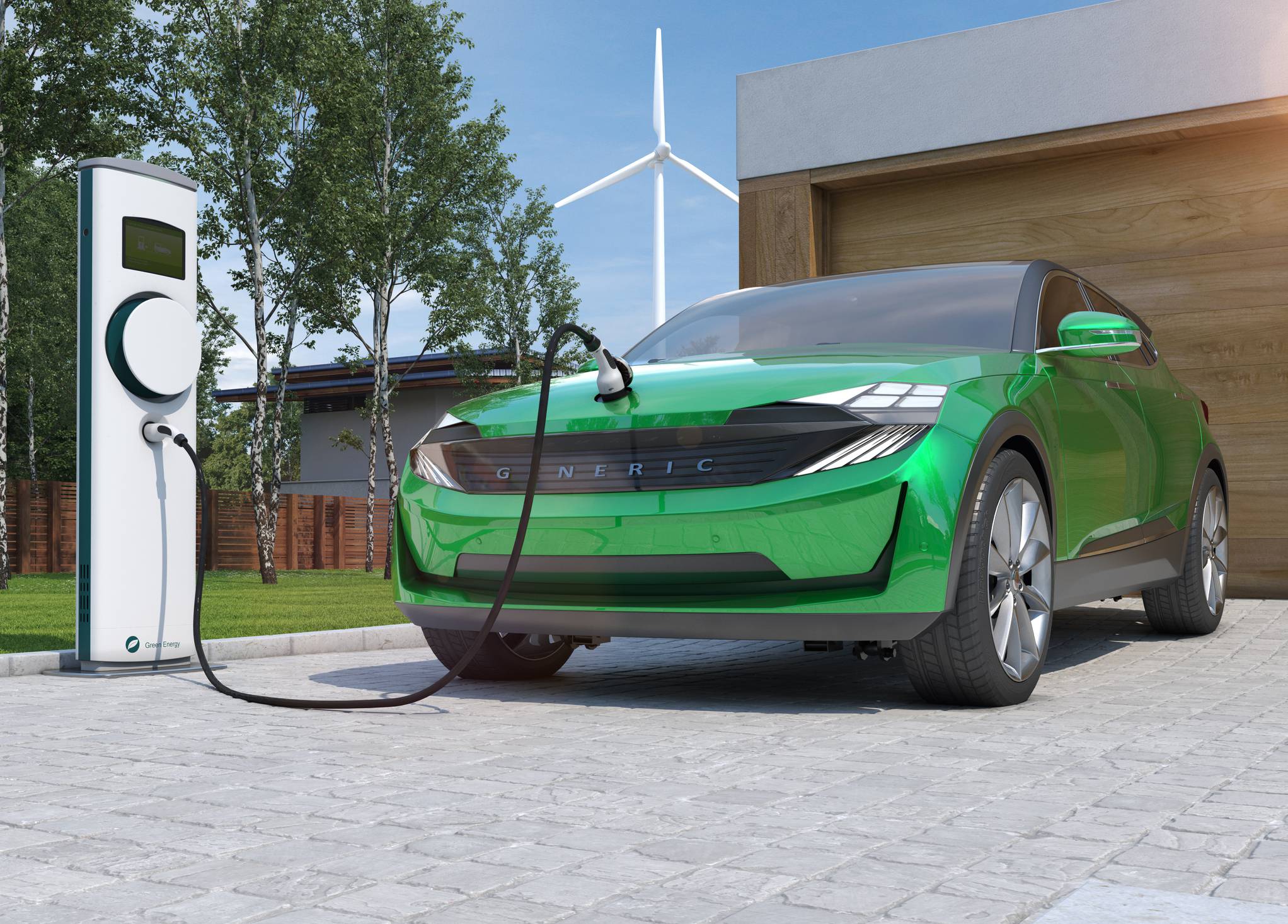

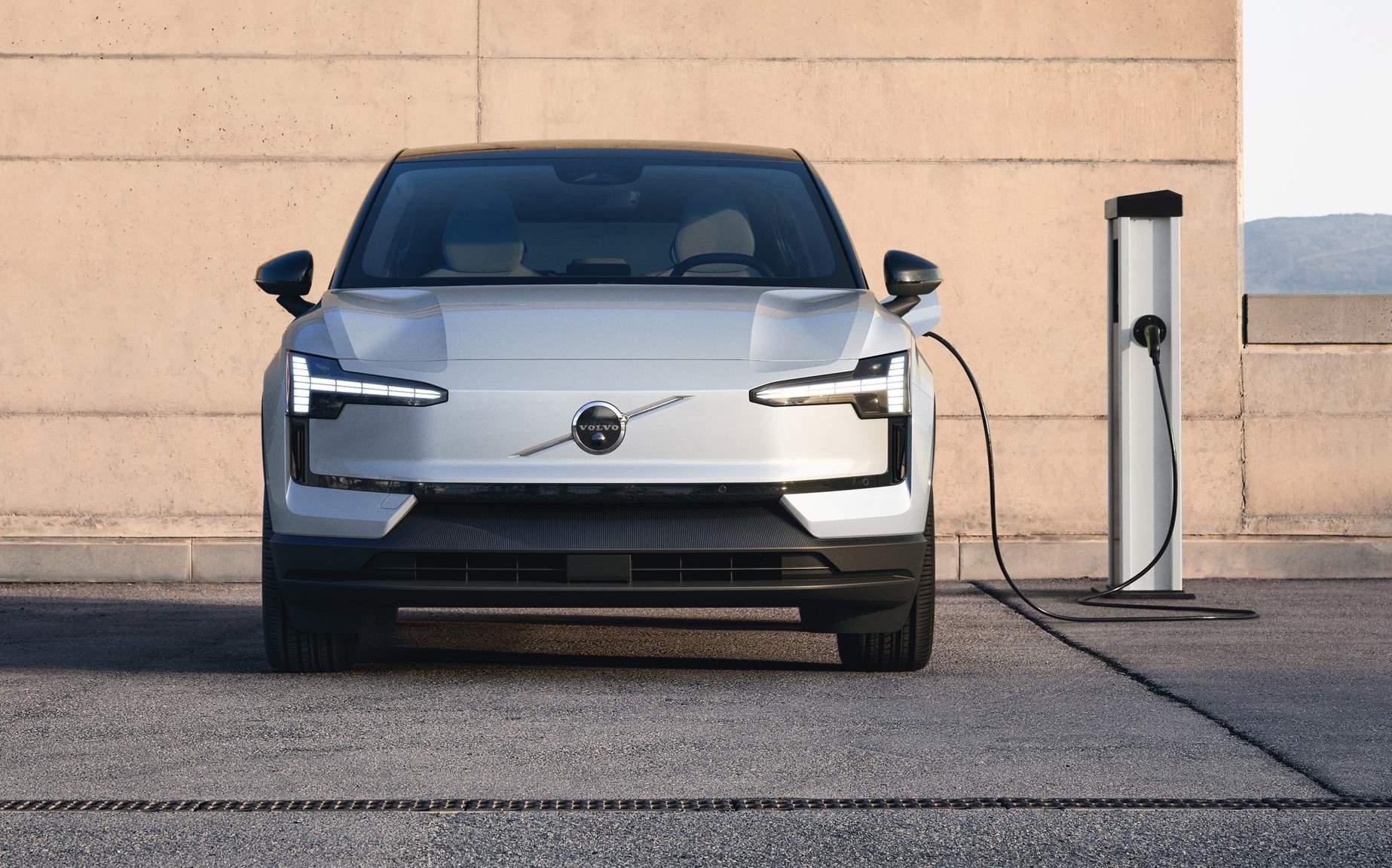
Leave feedback about this